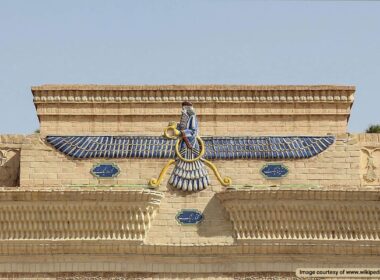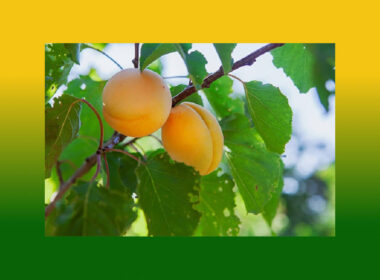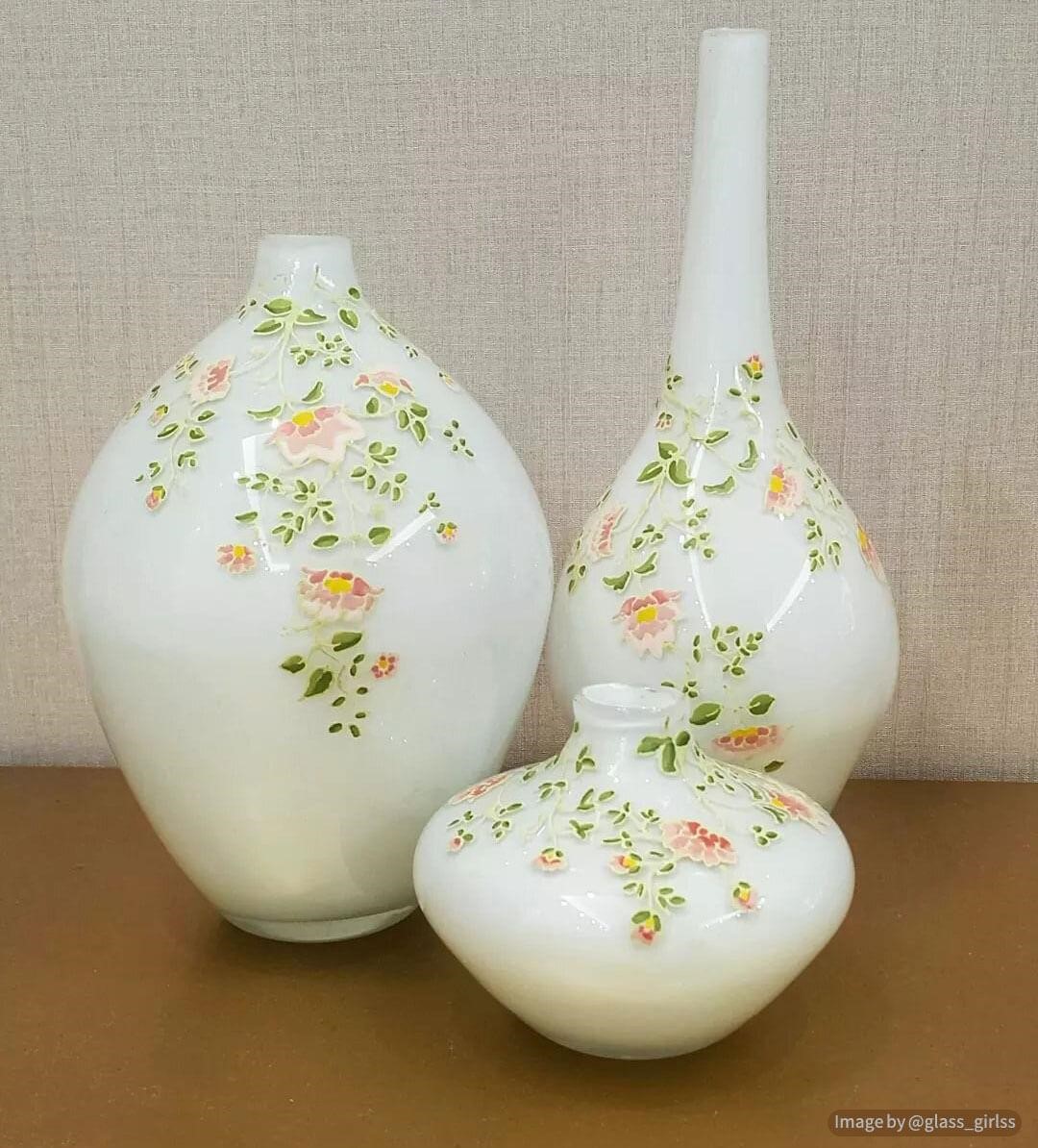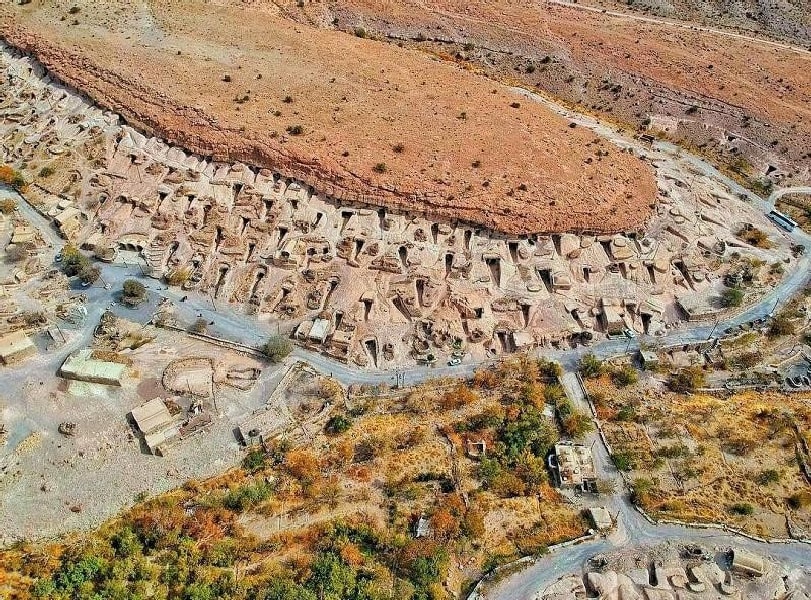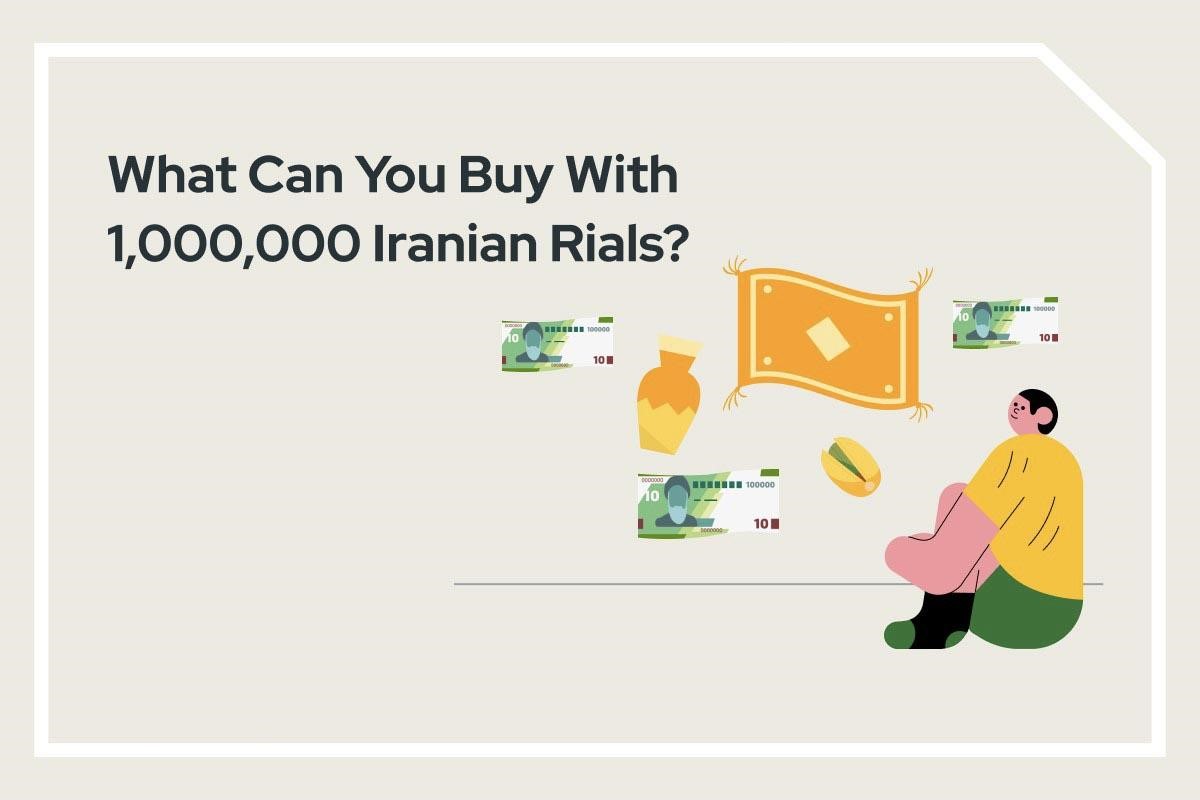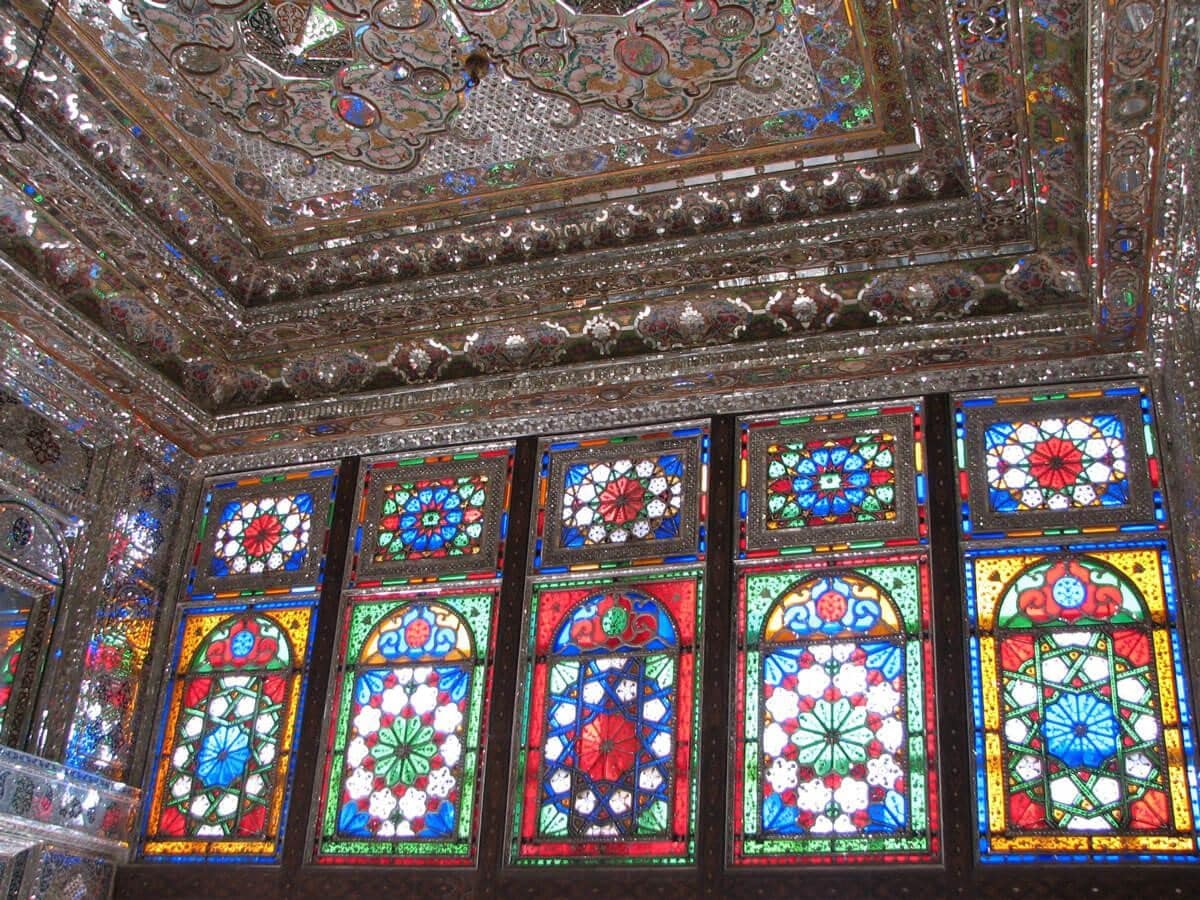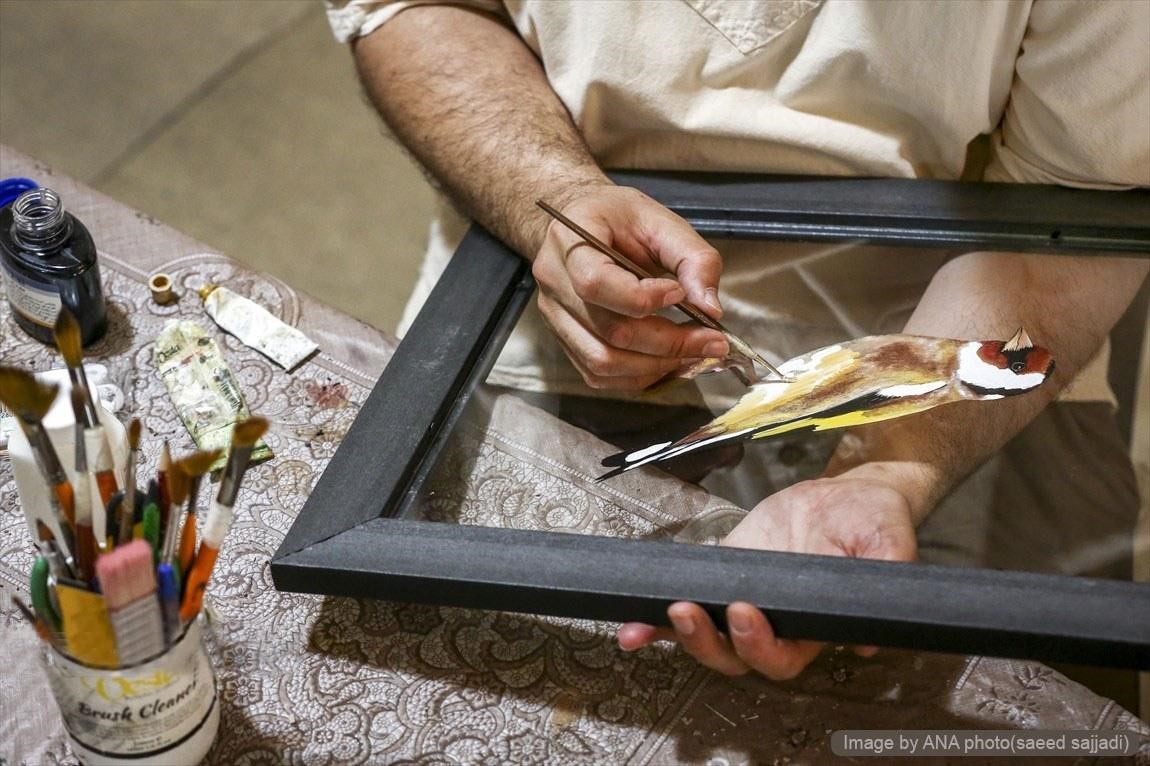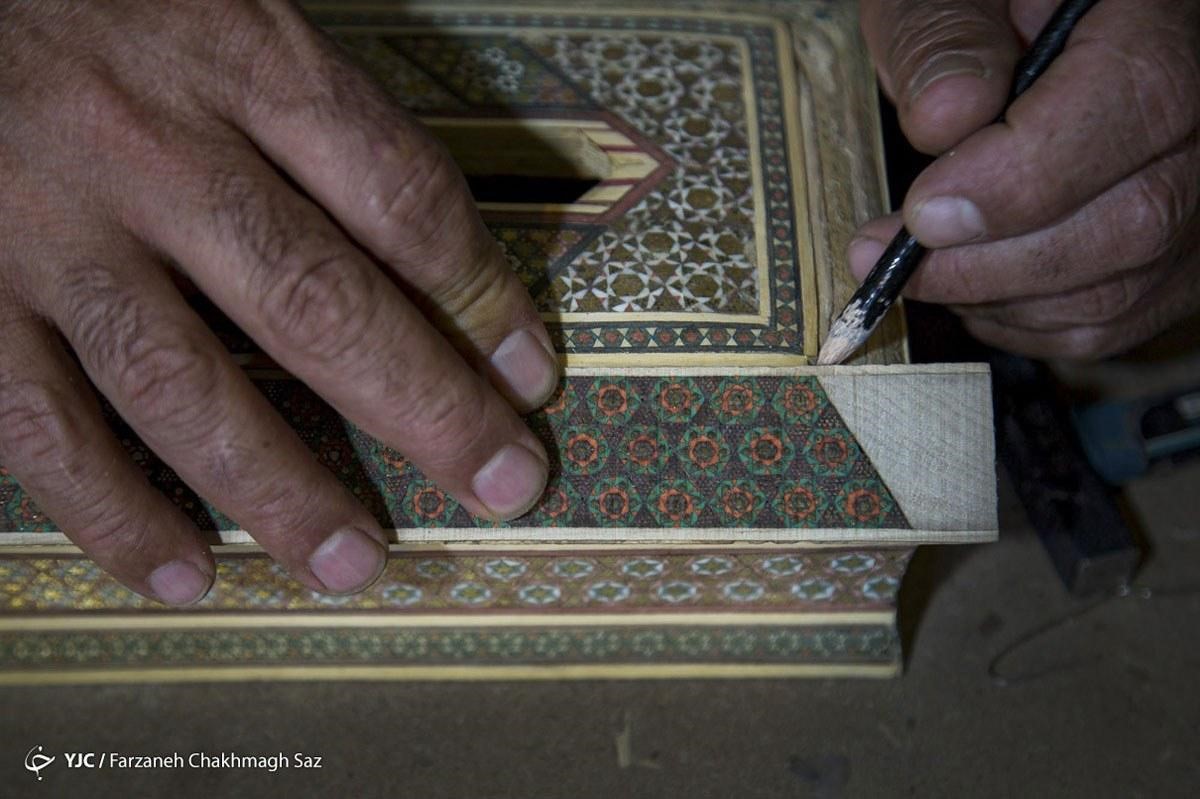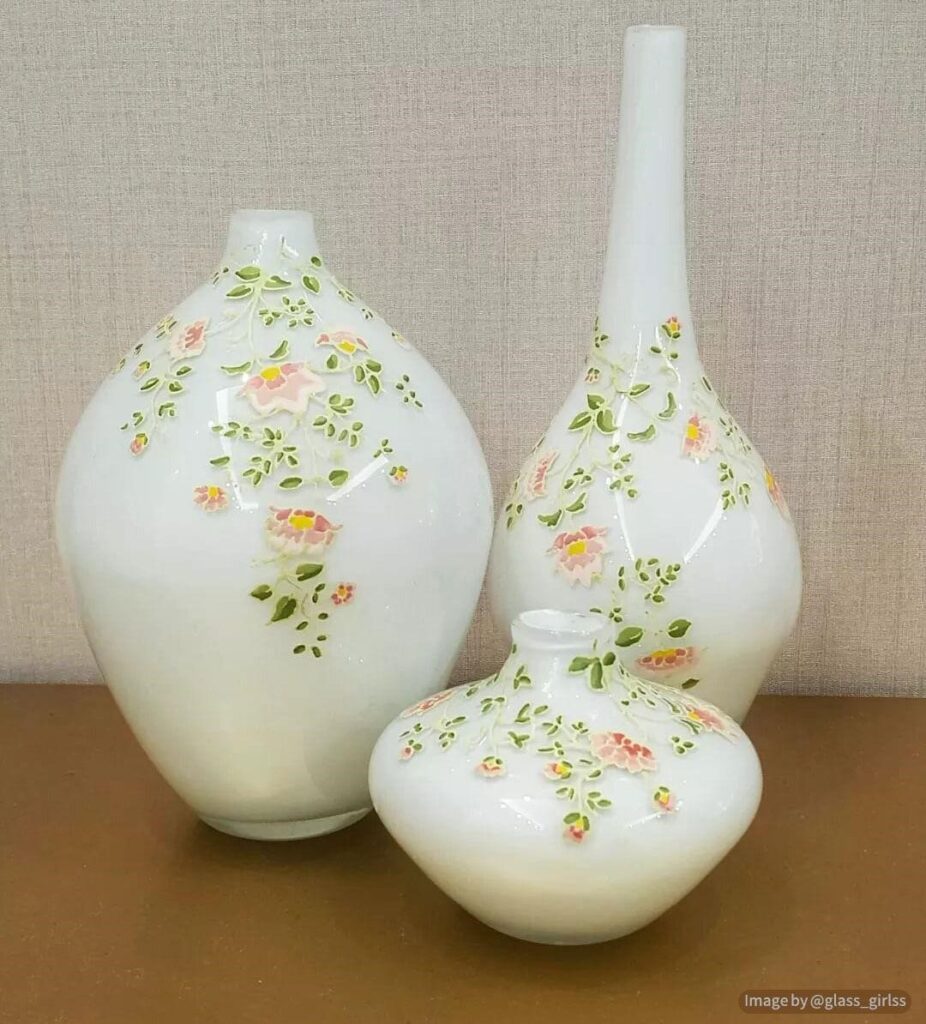
Enameling on glass (Minakari) is one of the sub-branches of enamel handicrafts, which is slightly different from other Minakari practices. The main difference is the execution of this Safavid handicraft art on glass surfaces instead of metals. Therefore, artists require more precision and time to apply this art to glass. In this article, we will describe the characteristics of this art of Iranian handicrafts.
History of Enameling on Glass in Iran
It is worth noting that the art of “glasswork in a plaster frame”, which originated in the Near East, is the inspiration for the Iranian art of enameling on glass. The Near East refers to areas of Western Asia that were once ruled by the Ottoman Empire. These regions include countries such as Turkey, Lebanon, Cyprus, Iraq, Jordan, and Palestine.
This handicraft art was first created by arranging pieces of colored glass together and was later used in the decoration of temples and churches. The evidence obtained in Europe indicates that this art style was popular in the Middle Ages.
The colored glass made by a German monk and Baroque poet and painter “Theophilus” in the twelfth century is one of the examples of vitreous enameling on glass artwork. Also, Europeans used this handicraft to portray the figures of saints and religious scenes. In addition to Europe, these handicrafts have been common in countries such as China, Egypt, and Iran.
Regarding the handicrafts of enameling on glass in Iran, many experts believe that this art was popular during the Seljuk period, but gradually ignored during the Qajar period, and nearly forgotten. However, with the emergence of artists such as “Shokrullah Sani’ Zadeh” in this period, Minakari handicrafts were revived on par with their glorious days.
Today, many Iranian artists practice enameling on glass, and the presence of women has also increased in this field. There are numerous works of Minakari art in museums around the world that encourage people to promote this craft. It should be noted that in the past, such handicrafts were complementary to the art of “engraving on dishes”.
Tools Used in Enameling on Glass
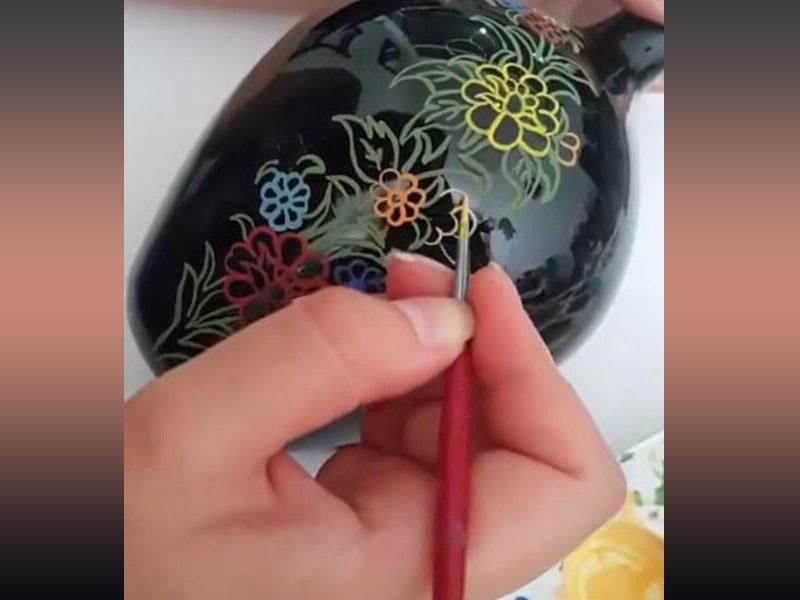
To apply this art to glass containers, artists need certain tools described below:
- Minakari Brush: A delicate and soft brush is needed to perform Minakari handicrafts, made from otter and cat hair.
- Funnel: With this tool, the artist divides the enamel paste used in this handicraft.
- Copy pencils: since these pencils do not leave a mark, they have a special use in these handicrafts.
- Enamel powder: All kinds of enamel powders are used by the artists of this field including small-grain powder and large-grain powder in various colors. The particle size of these powders is different and it is marketed in two sizes of 80 and 250 mesh (particle measurement unit). First, the powder should be sieved to make sure the grain sizes are separated.
- Enamel glue: This glue connects the enamel powder to the body of the container, and has traditional herbal and chemical industrial types.
- Other Minakari Tools: Other tools used in these handicrafts include a fret saw, enameling furnace, tripod, fiberglass brush, tongs for removing the container from the furnace, net stand, fireproof gloves, skimmer, mortar, scissors, and paint.
Steps in Traditional Enameling on Glass
Enameling on glass can be applied to various glass surfaces such as plates, bowls, cups, goblets, vases, mirrors, etc. The artists must choose their desired container. Then these steps are followed:
- First, the enamel artist draws the desired design on the container with a copy pen or pencil. It should be noted that the chosen design is different according to regional culture and tastes.
- In the second step, the enamel artist combines the enamel powder with a special oil to create a paste. Then, they mix the paste until it becomes smooth and uniform; Then transfer this paste into the desired tool or funnel for the delicate application of the enamel.
- Using a funnel, the Minakar artist applies the paste prepared in the previous step on the sketched design that is lined with glue.
- Finally, the enamel artist places the vessel in an enamel furnace at the appropriate temperature. After a certain time, they remove the container with tongs and fireproof gloves.
Visit Enameling on Glass Workshops in Iran
Enameling on glass is a special style of enameling handicrafts still practiced in Iranian handicraft workshops. By purchasing Minakari handicrafts from local workshops, you can support the local economy and follow the principles of responsible tourism. Destination Iran invites you to learn about other handicrafts of Iran, a valuable aspect of intangible cultural heritage.




